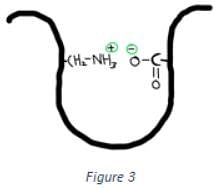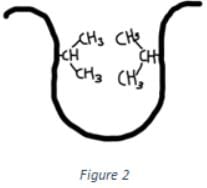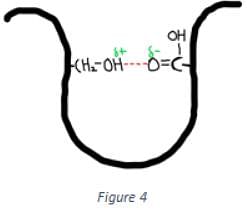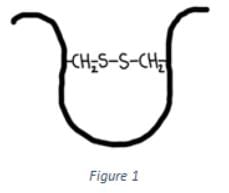MCAT Exam > MCAT Tests > Biology and Biochemistry for MCAT > Test: Quaternary Structure of Protein - MCAT MCQ
Test: Quaternary Structure of Protein - MCAT MCQ
Test Description
10 Questions MCQ Test Biology and Biochemistry for MCAT - Test: Quaternary Structure of Protein
Test: Quaternary Structure of Protein for MCAT 2024 is part of Biology and Biochemistry for MCAT preparation. The Test: Quaternary Structure of Protein questions and answers have been
prepared according to the MCAT exam syllabus.The Test: Quaternary Structure of Protein MCQs are made for MCAT 2024 Exam. Find important
definitions, questions, notes, meanings, examples, exercises, MCQs and online tests for Test: Quaternary Structure of Protein below.
Solutions of Test: Quaternary Structure of Protein questions in English are available as part of our Biology and Biochemistry for MCAT for MCAT & Test: Quaternary Structure of Protein solutions in
Hindi for Biology and Biochemistry for MCAT course. Download more important topics, notes, lectures and mock
test series for MCAT Exam by signing up for free. Attempt Test: Quaternary Structure of Protein | 10 questions in 15 minutes | Mock test for MCAT preparation | Free important questions MCQ to study Biology and Biochemistry for MCAT for MCAT Exam | Download free PDF with solutions
Test: Quaternary Structure of Protein - Question 1
Which structure of a protein is the arrangement of protein subunits in a multi-subunit complex?
Detailed Solution for Test: Quaternary Structure of Protein - Question 1
Test: Quaternary Structure of Protein - Question 2
Which of the following interactions is shown in the figure below?
Detailed Solution for Test: Quaternary Structure of Protein - Question 2
| 1 Crore+ students have signed up on EduRev. Have you? Download the App |
Test: Quaternary Structure of Protein - Question 3
Which of the following interactions is shown in the figure below?


Detailed Solution for Test: Quaternary Structure of Protein - Question 3
Test: Quaternary Structure of Protein - Question 4
Which type of interactions are involved in the quaternary structure?
Detailed Solution for Test: Quaternary Structure of Protein - Question 4
Test: Quaternary Structure of Protein - Question 5
What are multi-subunit proteins called when some or all of its subunits are identical?
Detailed Solution for Test: Quaternary Structure of Protein - Question 5
Detailed Solution for Test: Quaternary Structure of Protein - Question 6
Test: Quaternary Structure of Protein - Question 7
Which of the following is used for the reduction of disulfide bonds?
Detailed Solution for Test: Quaternary Structure of Protein - Question 7
Test: Quaternary Structure of Protein - Question 8
Which of the following options is not suitable for the quaternary structure of a protein?
Detailed Solution for Test: Quaternary Structure of Protein - Question 8
Test: Quaternary Structure of Protein - Question 9
Which of the following interactions is shown in the figure below?

Detailed Solution for Test: Quaternary Structure of Protein - Question 9
Test: Quaternary Structure of Protein - Question 10
Which of the following interactions is shown in the figure below?

Detailed Solution for Test: Quaternary Structure of Protein - Question 10
|
73 videos|18 docs|7 tests
|
Information about Test: Quaternary Structure of Protein Page
In this test you can find the Exam questions for Test: Quaternary Structure of Protein solved & explained in the simplest way possible.
Besides giving Questions and answers for Test: Quaternary Structure of Protein, EduRev gives you an ample number of Online tests for practice
|
73 videos|18 docs|7 tests
|
Download as PDF


















